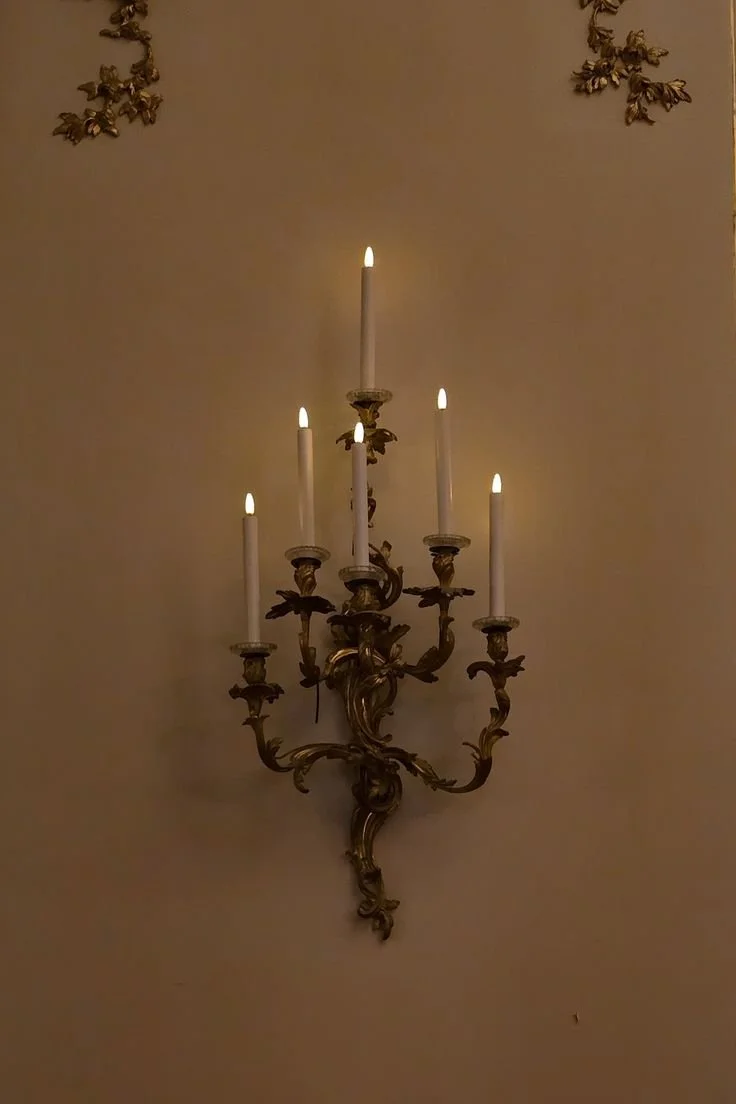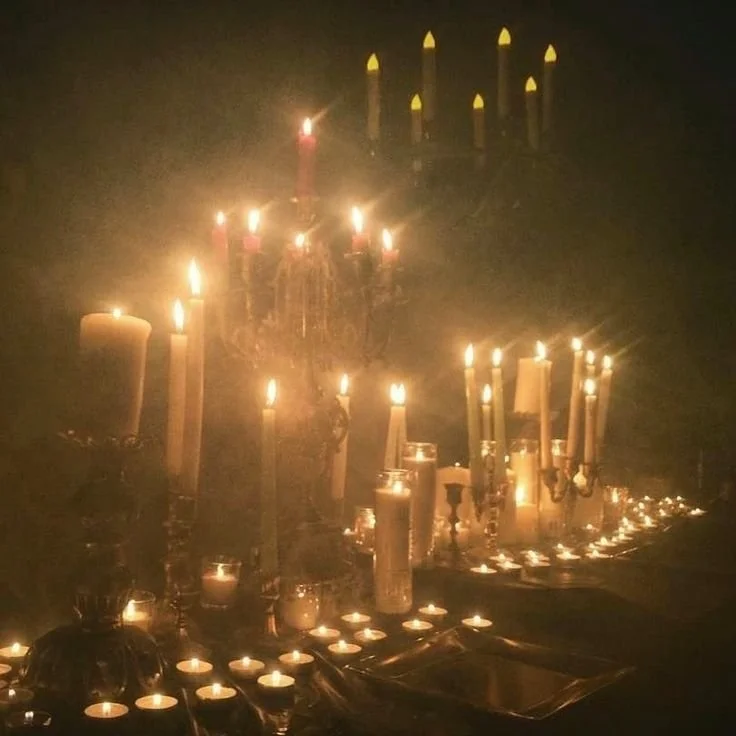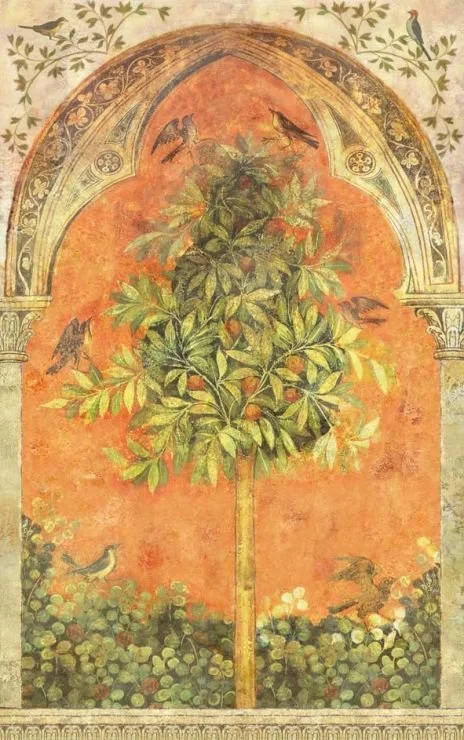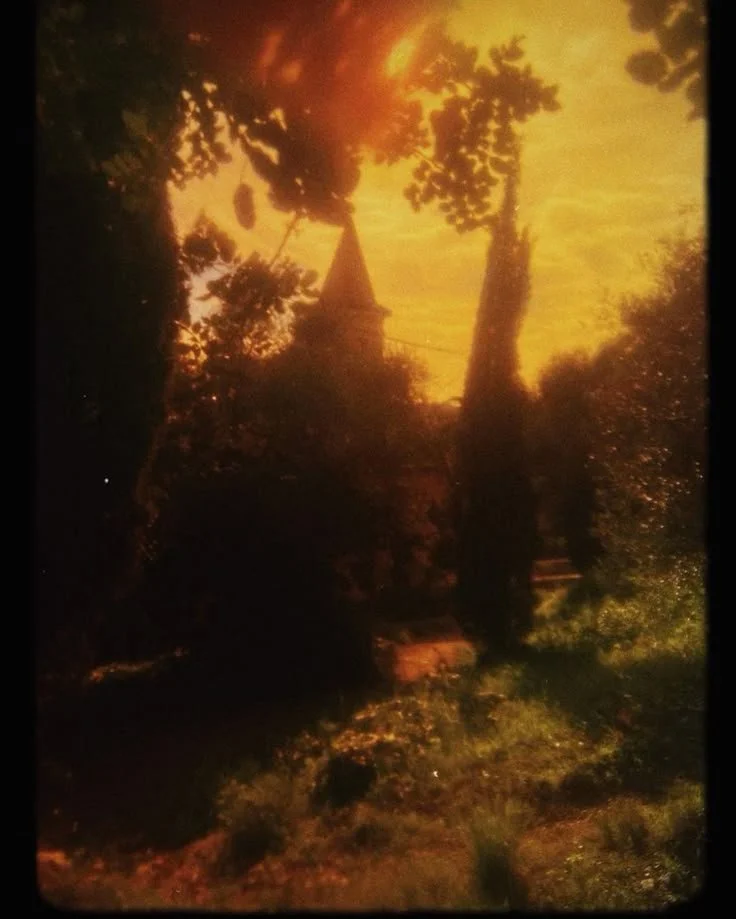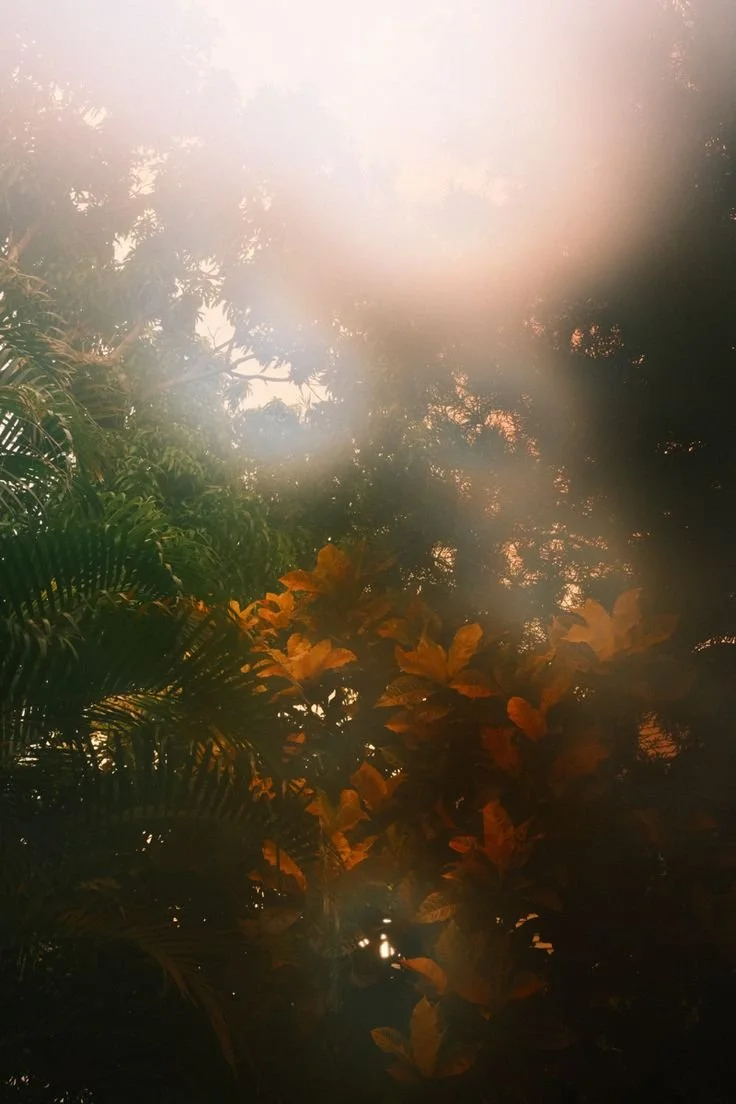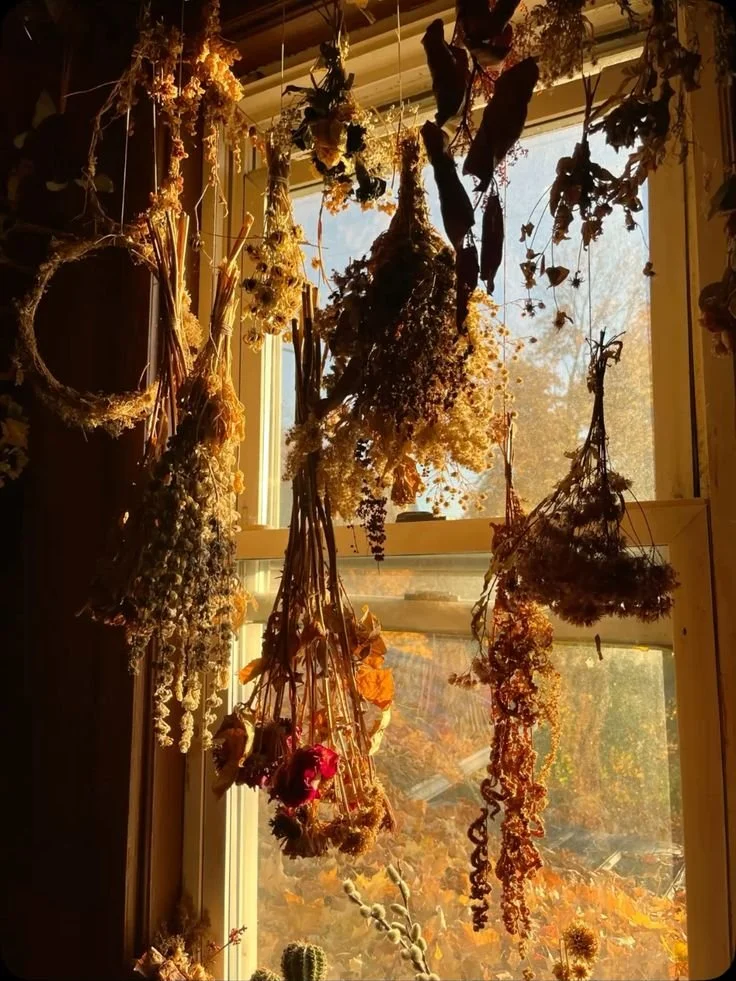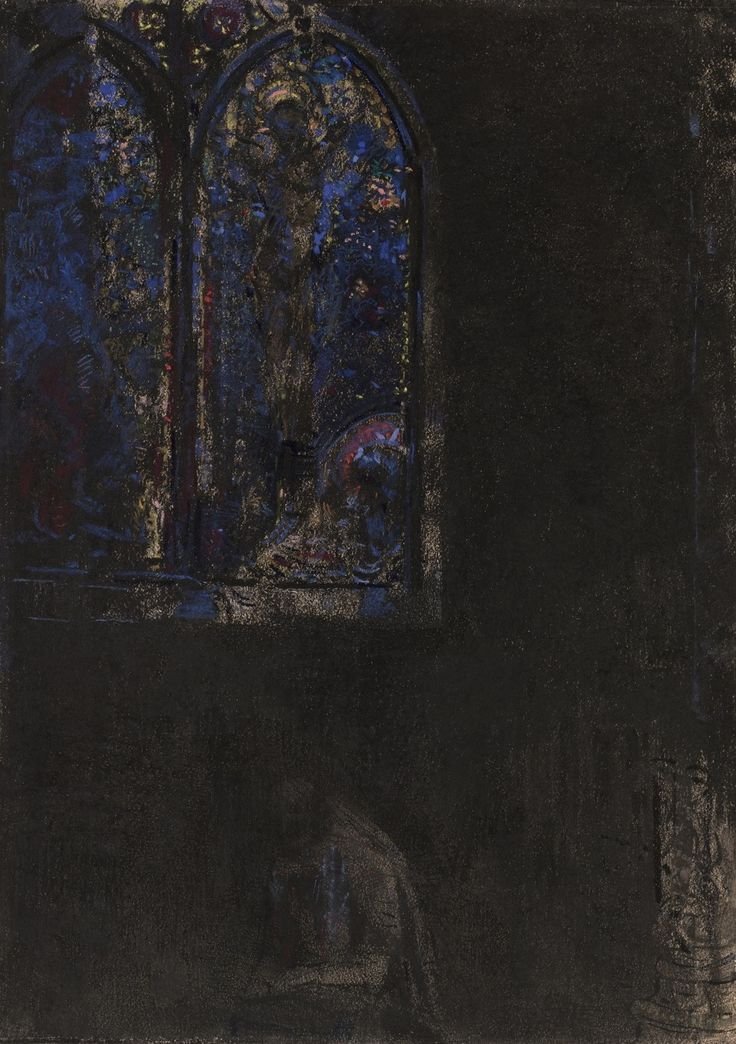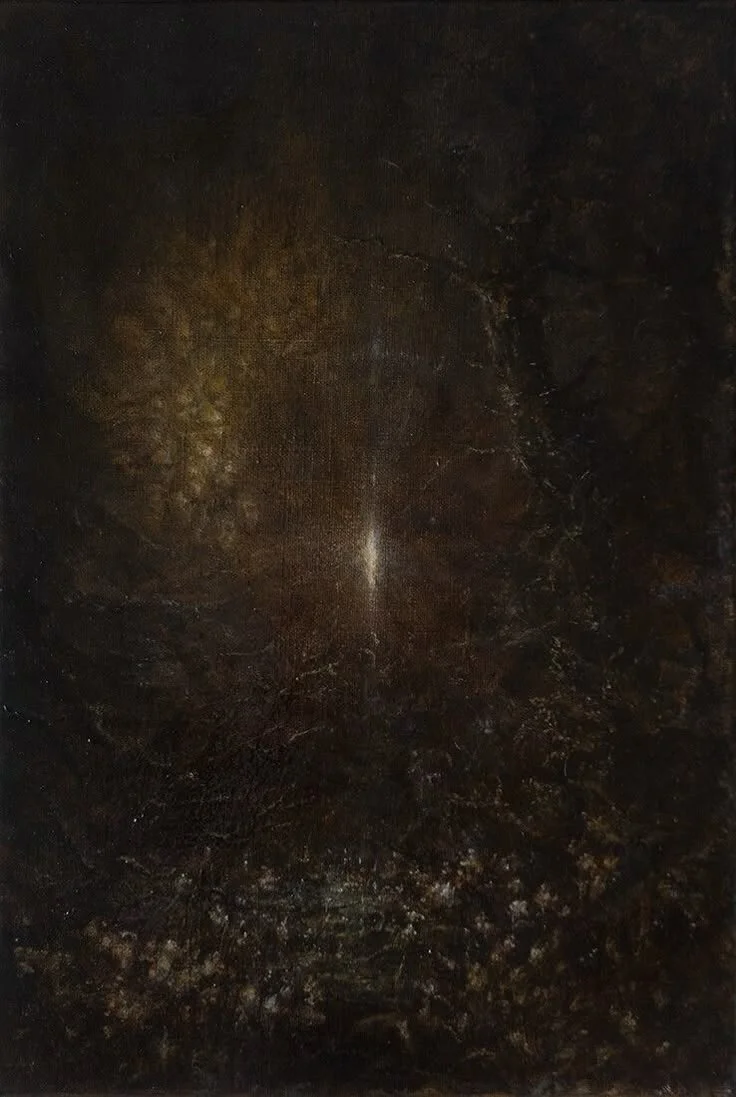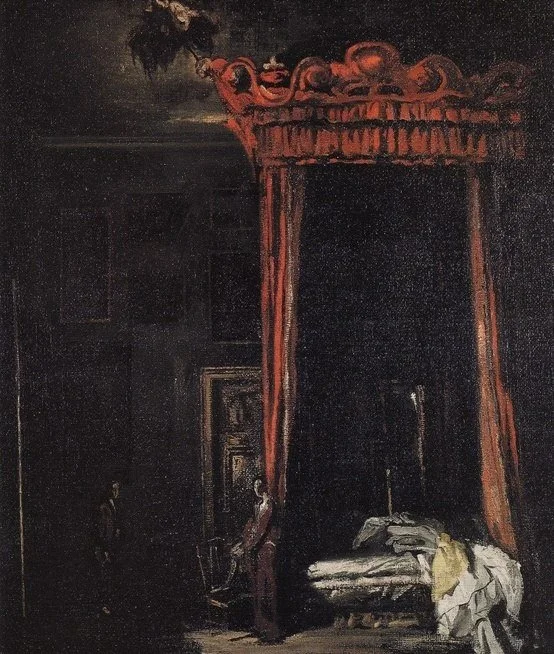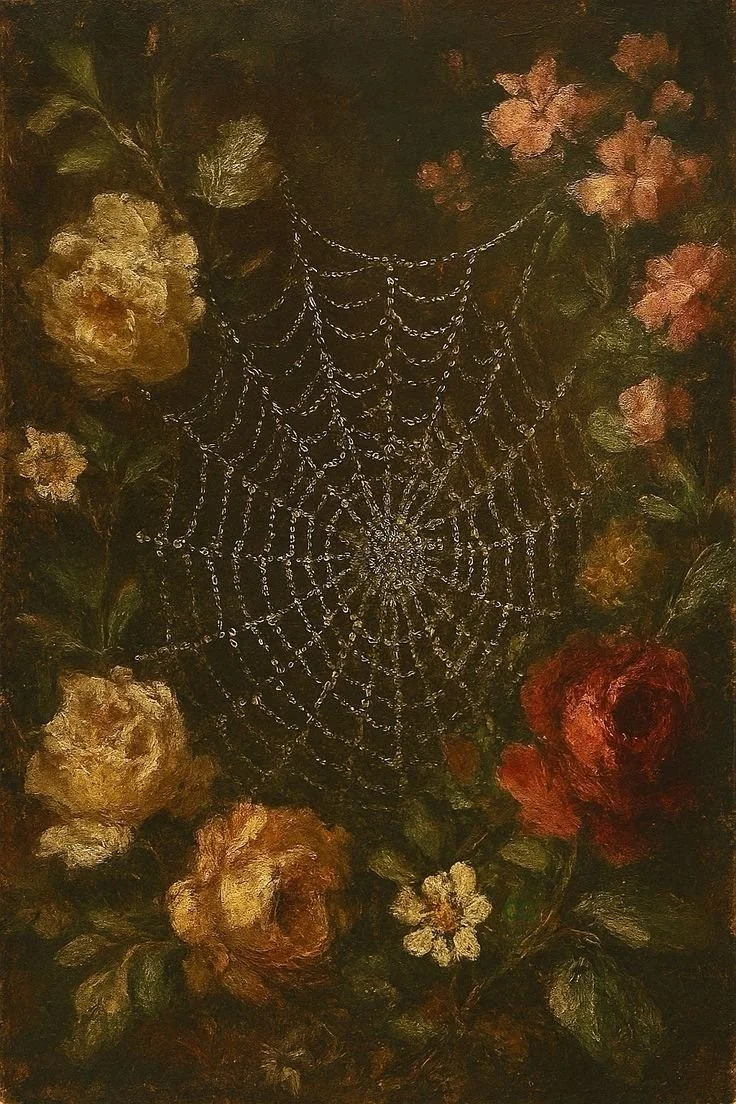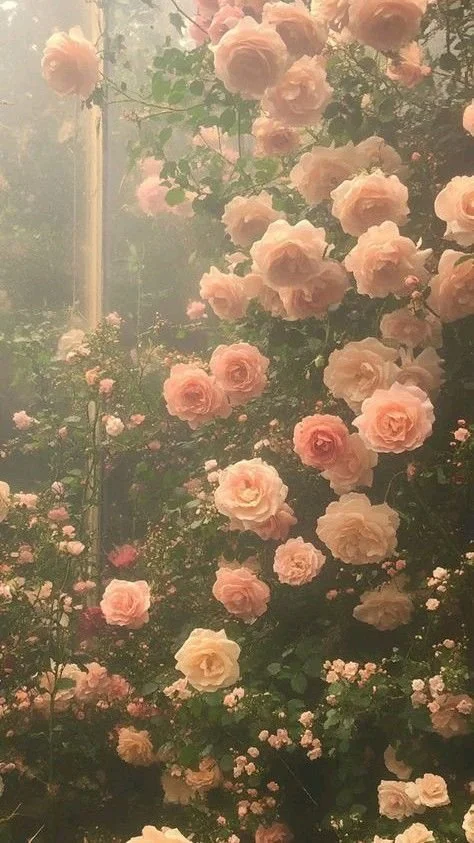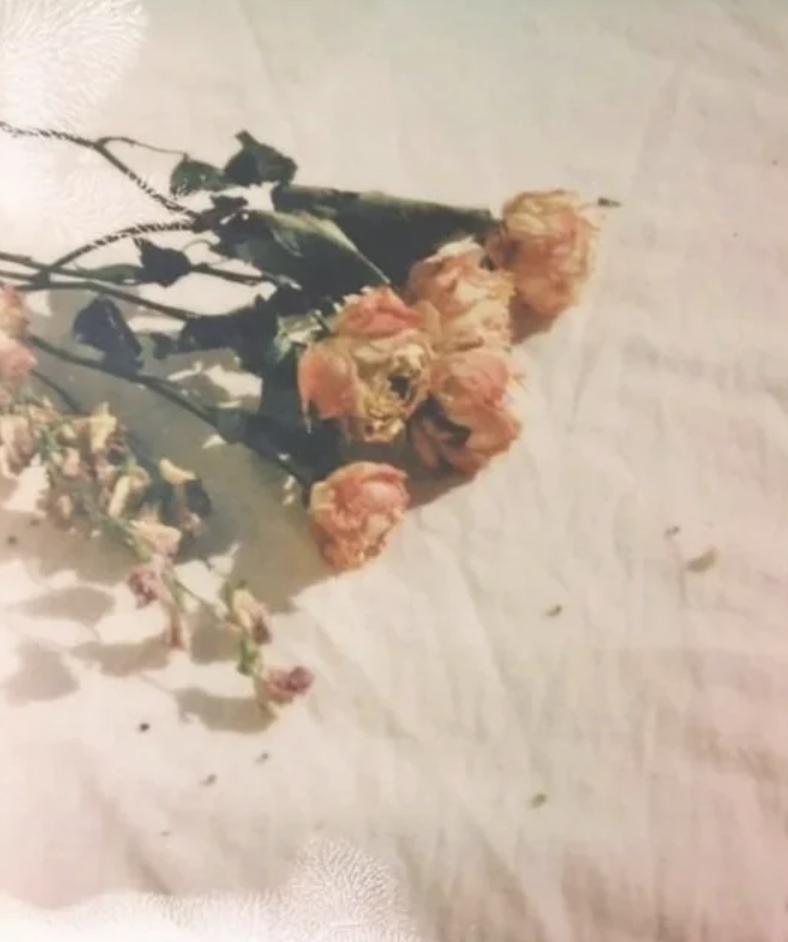BY KOURTNIE MCKENZIE
Aromatherapy's one of my staple self-care rituals. Because anyone can enjoy aromatherapy with a little research, a few essential oils, and an applicator—a diffuser, glass spray bottle, or even direct, topical applications—I recommend aromatherapy to everyone I meet.
Who doesn’t want to try affordable, accessible self-care options?
That said, aromatherapy isn't for everyone; using essential oils means practicing chemistry, and if there's anything I learned in science class, it's to respect the spherical, glittering distillers in the corner of the lab. If you decide to go on this journey with me, I ask you explore plants mindfully.
Also, even if you invest the time to treat essential oils respectfully, different people respond to essential oils in unique ways; that's why, in my practice, I track my reactions in an app, just so I know which blends work—and which tip me over with overwhelming results.
Since I'm autistic, and I live with sensory sensitivity, I react to aromatherapy—and light, temperature, and sound—more acutely than most. But that's also the root for my aromatic love. I find controlled, regulatory alternatives to sensory stimulations not only relaxing, but imperative to my well-being; aromatherapy helps me calibrate after a brain-rattling day.
Photo of Author
Over at my blog, Cleo's Autism Awareness, I've explored different blends to help with depression and anxiety; but here at Luna Luna, I'd like to share my energizing blend, a simple and beloved go-to for my diffuser before I sit down to write, draw, or plan.
I call it my Creativity Blend:
- 3 drops cinnamon leaf;
- 3 drops lemon; and
- 1 drop eucalyptus.
You can use this blend in one of three ways:
- Mix one part of the blend with one coffee cup of water in a glass spray bottle, then spray once on your left, and again on your right (I target the underside of my arms, but you can also aim for either side of your neck to apply closer to your sinuses);
- Add the blend to a reed or vaporizing diffuser with one coffee cup of water; or
- Mix the blend in your palm and rub your hands together (you may also rub it behind your ears, in the pressure point near the mastoid, to receive a faster effect through mastoid cells).
Topical applications absorb in the skin, so that method is especially potent. If you're new to aromatherapy, I recommend a diffuser; but if you decide to dive straight into topical applications, consider starting with peppermint essential oil instead, applying one drop—for both hands!
Peppermint is a calmer essential oil, so it'll help you assess your body's reaction to topical application before upping the ante with a multi-drop blend. Also, peppermint helps with depression, anxiety, and menstruation cycles; I like to call it the Triple Winner.
If you want to purchase an aromatherapy kit—many are available on Amazon, just include "kit" in your search—you can also make your own blends. This is the generic recipe I use when trying new combinations:
- flower or spice;
- citrus; and
- tree or brush.
Most of my blends are 2-2-1 or 2-1-1 balances; my Creativity Blend is unique in its 3-3-1 volume, and that's because eucalyptus isn't kidding around. Fun fact: when I use eucalyptus on its own, I often end up with a headache; so it's an excellent example of how the chemistry of a blend can change the experience from overbearing to enchanting.
If you're a pet owner, please note dogs also react to aromatherapy, so monitor your furry friend; and some cats have allergies with different aromatherapies—including most citrus—so double your vigilance when watching them. Never apply aromatherapies topically to your pets unless instructed by a veterinarian.
On a similar note, if you're on medications and/or currently challenging illnesses, you should also consult with your doctor. You don't want to muck up your pharmaceuticals in the name of split-decision self-care. You can also read up on your plants; knowledge is great, and it makes the conversation with your medical care providers lively. My favorite reference is the Encyclopedia of Herbal Medicine by DK.
I hope my Creativity Blend and aromatherapy guidance helps you. I'm not an expert in this, so much as a consistent practitioner; yet enabling others to take care of themselves through the magic of sensory stimulation—inviting others to practice—just makes my heart sing.
Kourtnie McKenzie is a writer, English professor, and #actuallyautistic activist tending a online garden of blogs and social media—also, she tends a real garden with Anaheim and Fresno peppers. She rocks a B.A. in English from Cal State Fullerton and an M.F.A. in Creative Writing from Fresno State. Visit cleoautismawareness.com to read more of her work or follow her on Pinterest, Instagram, Twitter, and other virtual spaces.

